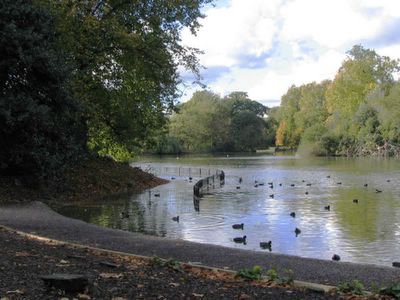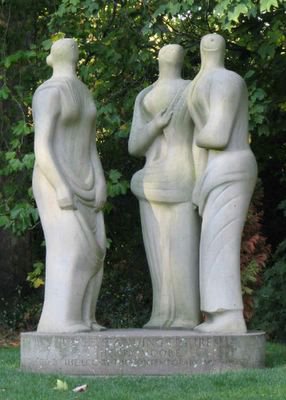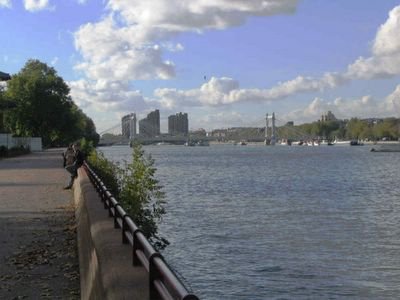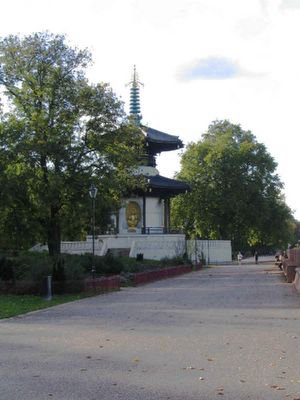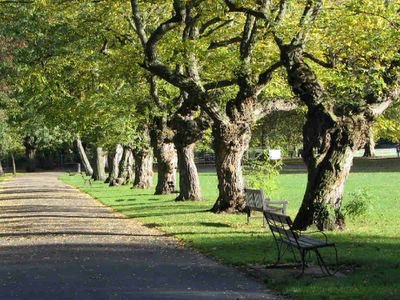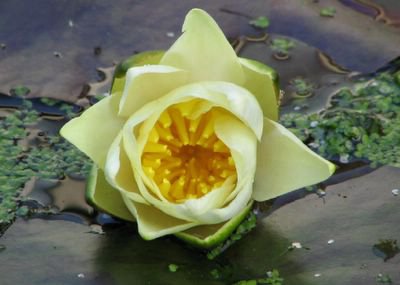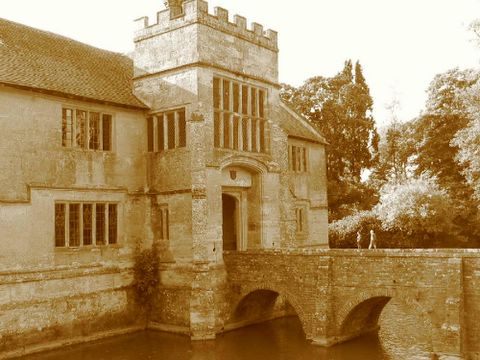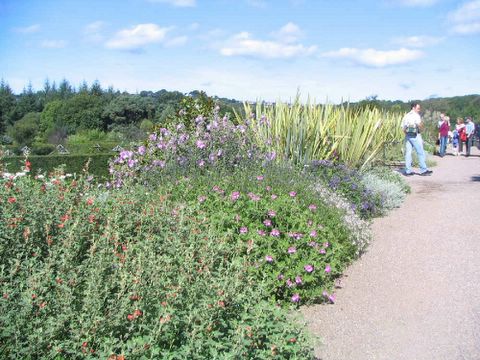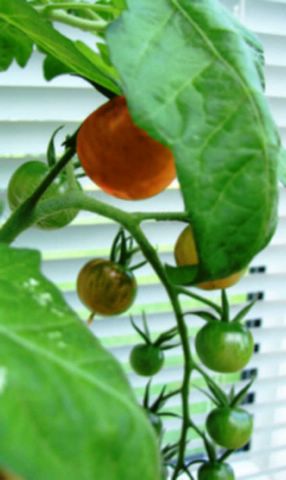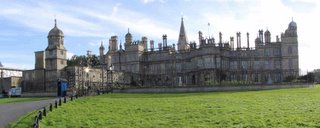
Probably one of our last visits to a stately home for this year took us to Burghley House near Stamford in Lincolnshire. It is one of the largest and grandest houses of the first Elizabethan Age. Built and mostly designed by William Cecil, Lord High Treasurer to Queen Elizabeth I, between 1555 and 1587, the main part of the House has 35 major rooms on the ground and first floors. Whilst we were there they were setting up to film scenes for the new film of the Da Vinci Code, so I shall be interested to see if I can recognise any of the locations when the film arrives. Some of the gothic interiors would lend themselves to the atmosphere and the "Heaven" and "Hell" rooms would seem particularly suited.
Burghley is a wonderful place to visit, with most of its treasures being gathered by two avid Earls. In the late 17th century John, the 5th Earl and his Countess, Anne transformed and embellished Burghley beyond recognition with many of the pieces being gathered on the Grand Tours of Europe that they undertook. His wife was very wealthy, being the daughter of the 3rd Earl of Devonshire (from Chatsworth, another house worth a visit), and no doubt her fortune helped in the acquisition of the art works.
Apart from the house there is a most impressive Sculpture Garden which is open all the year round. This was first created in 1994 by clearing the lost lower garden by Capability Brown and so giving a wonderful backdrop to the exhibits. There are a range of styles from traditional to contemporary and whilst not all were to my taste it was, nevertheless, a very enjoyable hour or two that we spent wandering around.

I am not sure who this is by, but it does go to show what eating too many Big Macs can do to you!

Set into the lake is a piece called "5 Carved Oak Trunks" by Giles Kent.

Rick Kirby has a couple of exhibits, both of faces with this one set back into a high hedge giving it a most impressive location. I have since discovered that this artist was also responsible for another work that I saw in London and which I have shown in a previous blog, but I think is worth another airing.

This is outside St Thomas's Hospital and was a millennium project which was unveiled by the late Princess Margaret in 2000.
Another delightful piece is shown below, but again unfortunately I don't have the details to give credit to the artist
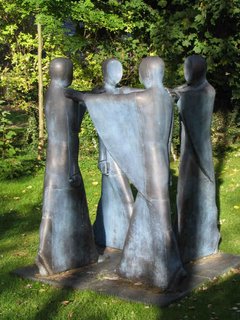
This is certainly one house I can thoroughly recommend and I expect to revisit some time next year. Also worthy of mention is the restaurant which served us with a very enjoyable meal at a reasonable price.
More information is at
Burghley House and I have many more photos, mostly of the sculptures at
Smugmug - Burghley House.
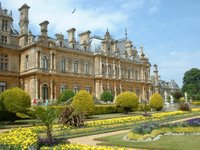
 The grounds are extensive and were largely the creation of the Rothschild family who still have an active interest in the property. There are seasonal changes made to the displays, some of which are a bit reminiscent of British public parks planting, but non the less impressive for that.
The grounds are extensive and were largely the creation of the Rothschild family who still have an active interest in the property. There are seasonal changes made to the displays, some of which are a bit reminiscent of British public parks planting, but non the less impressive for that.

 Probably one of our last visits to a stately home for this year took us to Burghley House near Stamford in Lincolnshire. It is one of the largest and grandest houses of the first Elizabethan Age. Built and mostly designed by William Cecil, Lord High Treasurer to Queen Elizabeth I, between 1555 and 1587, the main part of the House has 35 major rooms on the ground and first floors. Whilst we were there they were setting up to film scenes for the new film of the Da Vinci Code, so I shall be interested to see if I can recognise any of the locations when the film arrives. Some of the gothic interiors would lend themselves to the atmosphere and the "Heaven" and "Hell" rooms would seem particularly suited.
Probably one of our last visits to a stately home for this year took us to Burghley House near Stamford in Lincolnshire. It is one of the largest and grandest houses of the first Elizabethan Age. Built and mostly designed by William Cecil, Lord High Treasurer to Queen Elizabeth I, between 1555 and 1587, the main part of the House has 35 major rooms on the ground and first floors. Whilst we were there they were setting up to film scenes for the new film of the Da Vinci Code, so I shall be interested to see if I can recognise any of the locations when the film arrives. Some of the gothic interiors would lend themselves to the atmosphere and the "Heaven" and "Hell" rooms would seem particularly suited.




